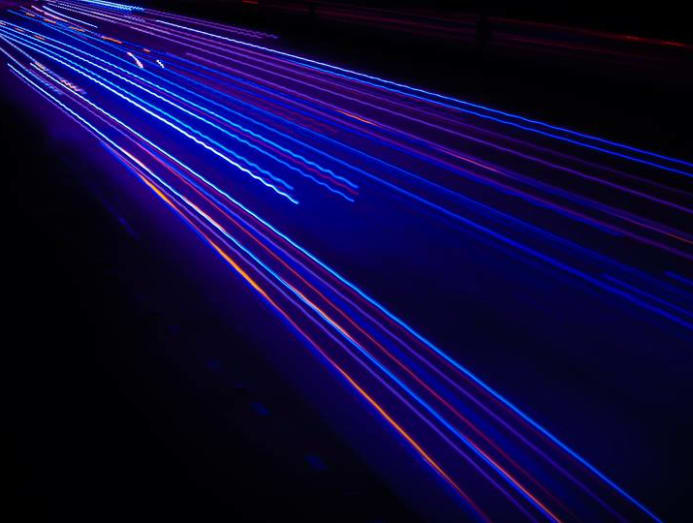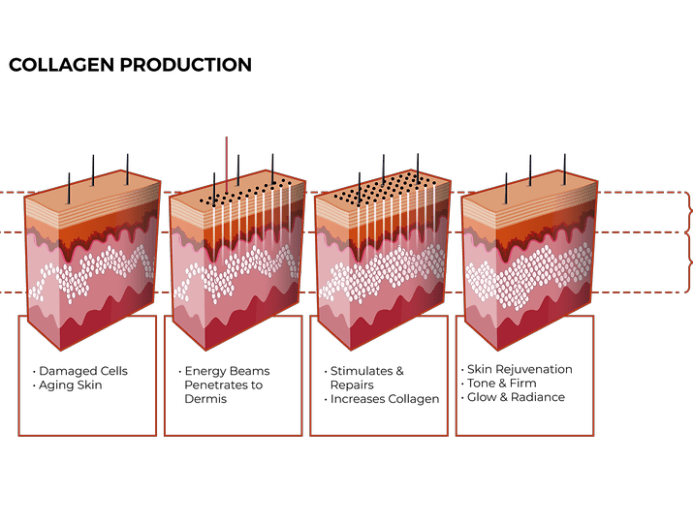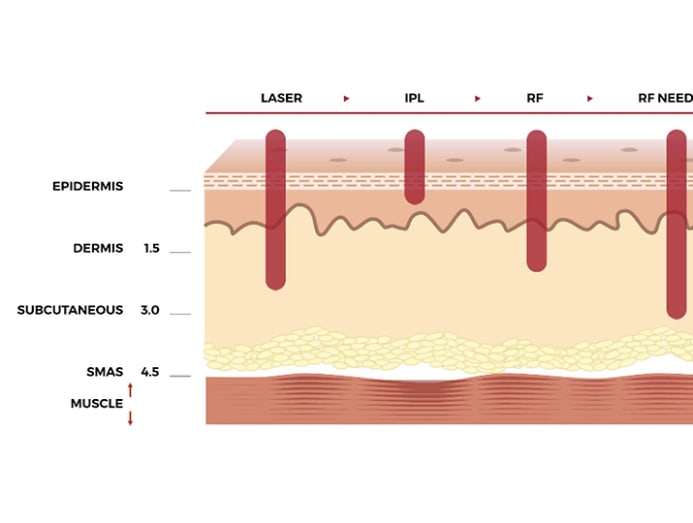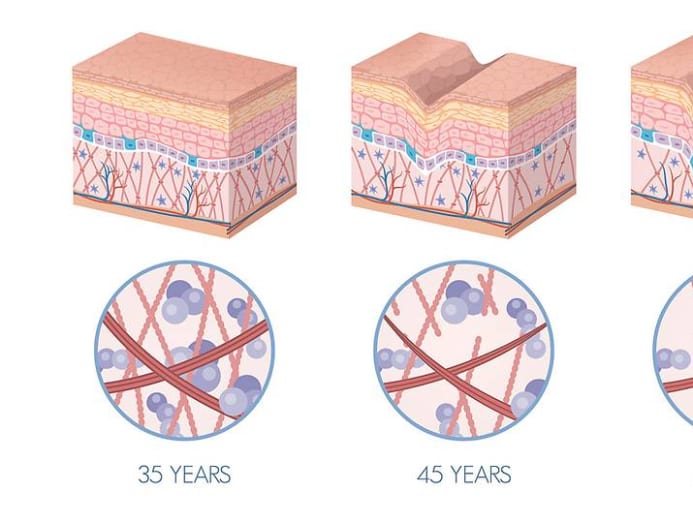Prepare the laser: Busting the myths surrounding laser therapy for the skin
Lasers are not all as bad as they are portrayed in the movies. Indeed, laser skin treatments are quick and painless, says ENSOUL Medical Clinic’s Dr Kenneth Thean.

(Photo: Pixelbay; Art: Jasper loh)
Since 1960, when the first laser was built, the concentrated beam of light it emits has popularly been linked to destruction. From Dr Evil to Goldfinger and pretty much every weapon in Star Wars and Star Trek, the laser has sparked fear and awe in audiences’ minds.
So how can this much maligned technology be used to treat something as delicate as the skin? This contradiction has thrown up much confusion over the years, leading many to wonder if laser skin treatments hurts, if it causes long-term damage and, ultimately, how effective it is.
READ> Does your face always look red? Here's what you can do to help reduce the blush
HOW LASERS WORK

Put very simply, lasers, along with other energy device therapies such as IPL (Intense Pulsed Light), RF (Radiofrequency) and HIFU (High-Intensity Focused Ultrasound), are proven treatments for a variety of skin problems. Laser procedures can significantly improve active acne and post acne scarring, remove unwanted pigments, treat uneven and dull skin tone and dilated facial veins. Lasers can also decrease wrinkles and fine lines, along with blotches that come with ageing. And as technology has evolved, discomfort levels have also greatly been reduced.
Many lasers and energy devices are used by aesthetic doctors to reduce pigmentation, resurface the skin, reduce pores and rejuvenate the collagen that lies under the surface of your skin. Different lasers target specific targets and depths of the skin to provide a range of effects, and the best treatments need to combine a variety of devices for optimal results.
READ> Adult acne: Is it time to see a dermatologist for a problem that isn't going away?

The new cells that form after treatment give the skin a renewed appearance, reducing previous blemishes. They also bring radiance to your skin, as well as a long-term reduction in dark spots or acne scarring.
Over the years, aesthetic technology has advanced tremendously, allowing us to do more things at a lower cost and none of the pain. Some of the common beliefs about lasers that are actually myths.
MYTH 1: LASERS ARE PAINFUL
Laser treatment used to have a reputation for being painful and putting patients out of action for some time after the procedure.
With the improvement in technology, the majority of laser treatments are not painful and have little to no downtime. Today, nearly all patients will not feel anything or, at most, a slight tolerable discomfort. Normally, only ablative lasers for treatment of deep acne scarring require numbing creams, and patients will have a few day of redness and peeling, like a bad sunburn.
MYTH 2: LASERS THIN THE SKIN
Another common misconception is that lasers reduce the skin’s thickness. In fact, the opposite is true.
The laser stimulates the increased production of chemical mediators within the dermis to generate more collagen and elastin. Collagen is a protein that makes the skin thicker, while elastin helps to make the skin bouncier and firmer. Over time, the collagen protein matures to become stronger, more stable and long-lasting.
This is easily understood in the treatment of deep atrophic acne scars, where a laser is used to make the skin rebuild the previously destroyed dermal tissue and fill in the “holes” created by the old acne infection. This quashes the myth of lasers thinning the skin.
MYTH 3: LASERS CAUSE LENGTHY DOWNTIME
Many people believe they will have to hide away for ages while their skin heals. While this was once the case, new technology and procedures means treatment can fit into your daily life, without suffering long downtime.
Non-ablative lasers largely give no downtime and you can return to your normal social activities right after your treatment. The procedure can be done during lunchtime, and then you can head straight back to work. When a higher energy level is used, some redness may occur for a few hours, though some liken it to having a nice sun-kissed look. Light peeling or flaking may occur over the following few days.
Only patients undergoing ablative laser treatments for deep acne scarring will have a few days of redness and peeling, like a bad sunburn. Depending on the skin issue being treated, complete healing typically takes from three to seven days. It is important to use sunscreen, like a SPF 50+ which shields from ultraviolet A- and B-rays, to protect skin during recovery, and to avoid strong sunlight exposure generally.

MYTH 4: LASERS ARE TEDIOUS AND EXPENSIVE
Skin laser procedures are proven and successful therapies for a number of skin issues, and bring aesthetic benefits. They are quick to administer and are inexpensive in relation to the positive results.
A number of leading medical practitioners around the world can administer laser procedures, though it is still important to research the doctor’s reputation based on reviews, reputation and experience in the industry.
It is also essential that you follow the aftercare regimen specified by your doctor to ensure swift and complete healing, and to avoid any unwelcome complications. In the hands of a highly trained and knowledgeable professional, laser treatments are a very safe way to dramatically improve your skin’s appearance.

MYTH 5: LASERS ARE HARMFUL TO HEALTH
Medical lasers are safe as it uses just light energy. Lasers do not contain any harmful ionising radiation. The light energy from the lasers is confined to the epidermis and dermis of the skin and is designed to target specific tissues; its action is restricted to these. The ablative and non-ablative lasers do not go beyond the skin and therefore it does not affect the rest of the body in any way.



